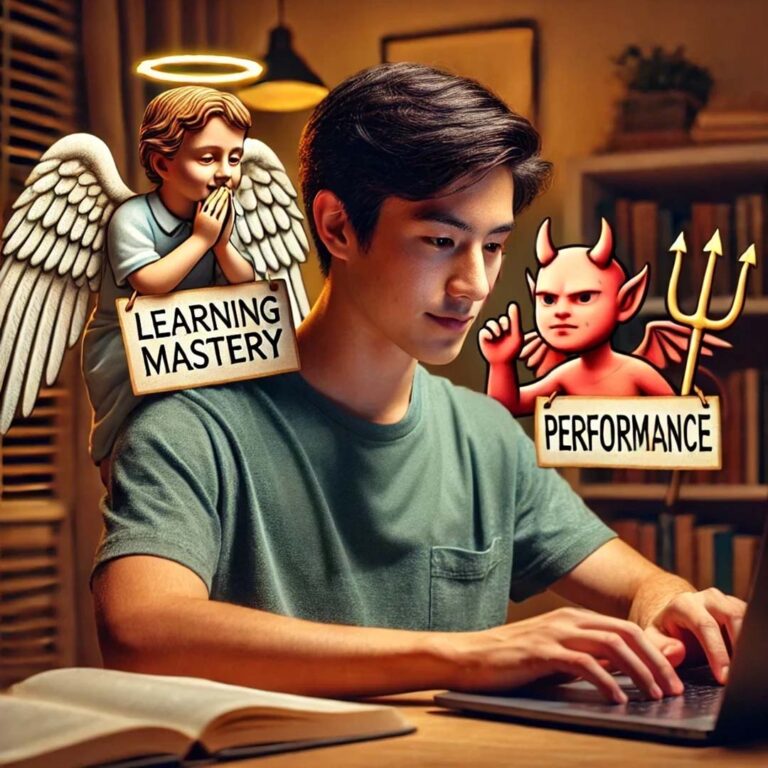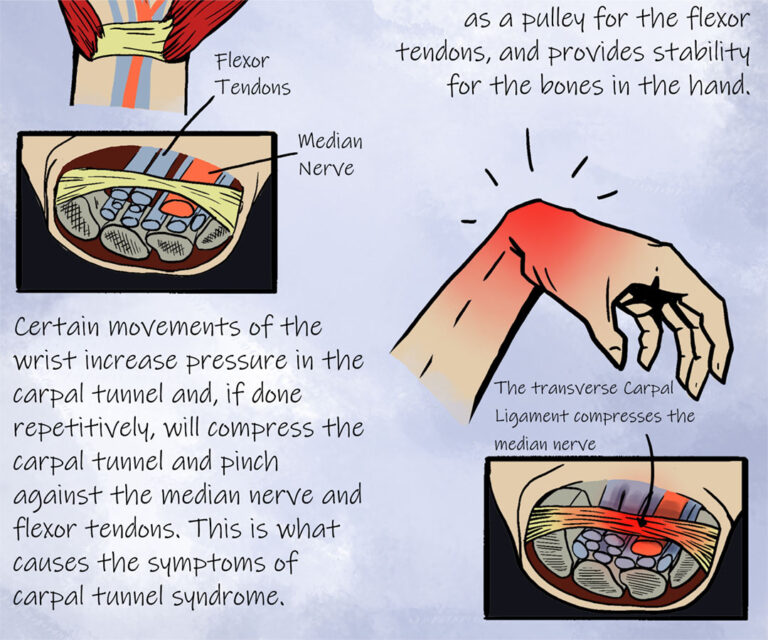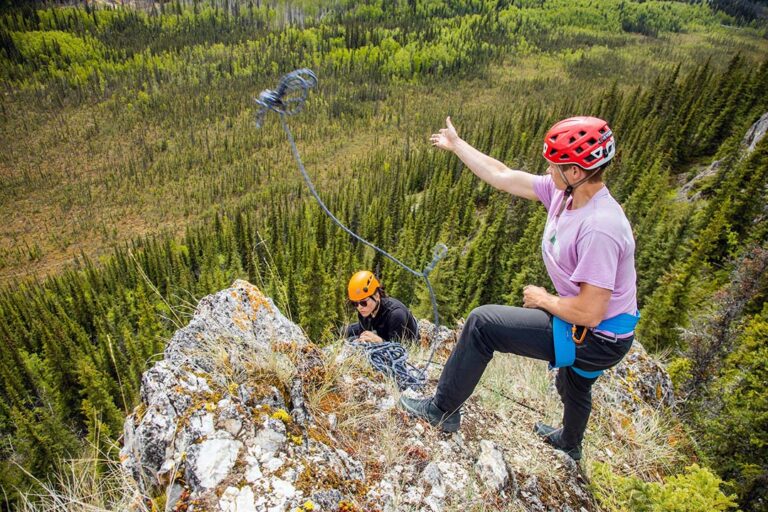In this Teaching Tip we will explore the transformative potential of Problem-Based Learning (PBL), an approach that flips traditional teaching on its head by starting with real-world, ill-structured problems before mastering the basics. From its origins in medical education to its versatility across disciplines and modalities, PBL empowers students to take ownership of their learning. Beyond the development of critical thinking skills, students will also practice empathy, collaboration, and self-reflection through problem solving activities. Drawing from personal experiences, historical insights, and practical strategies, this article provides a roadmap for incorporating PBL into your courses. Whether you’re curious about small, actionable steps or seeking to reimagine an entire course, this Teaching Tip will help you think about your courses through the context of problem solving and critical thinking.












